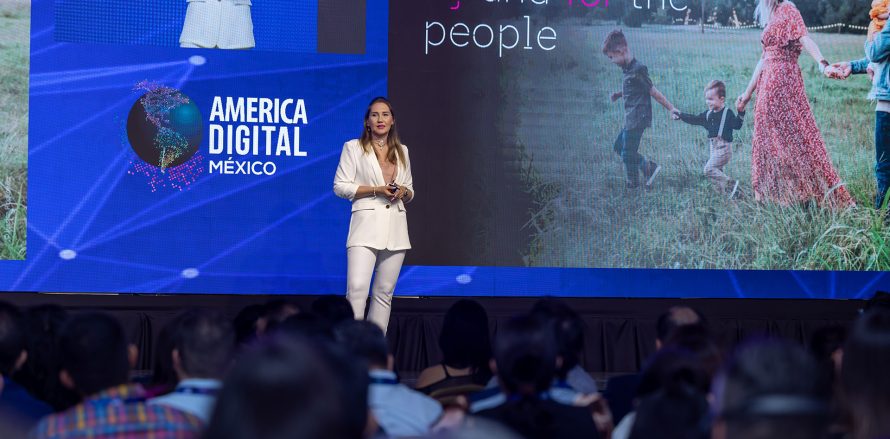Estonia, often hailed as the world’s most digital government, doesn’t embrace technology for its own sake. As emphasized by Erika Piirmets, Digital Transformation Adviser at the e-Estonia Briefing Centre, during her presentation at America Digital Mexico, Estonia’s digital advancements aim to provide real value to its citizens. «We strive to be the most digital country in the world,» but the true goal is to enhance people’s lives through these innovations.
A Digital Journey
Piirmets shared a personal story highlighting Estonia’s digital transformation. As a child, she aspired to be a dancer until a knee injury ended that dream. The experience of accessing her medical records online, including a 360-degree view of her knees, left a lasting impression. This early exposure to digital healthcare exemplifies Estonia’s commitment to practical, life-enhancing digital services. «I didn’t think back then that it was so digital; I just remembered it was incredibly cool,» Piirmets said.
Building Blocks of a Digital Society
Estonia’s journey began in the early 1990s with a «digital first» strategy. Emerging from Soviet rule, Estonia faced significant challenges, including a corrupt public sector. The country’s leaders focused on transparency and valuing citizens, resulting in the digitalization of 99% of government services. Only divorce remains undigitized, a goal set for completion by the end of the year. Estonia’s success is attributed to a collaborative effort with the private sector and the implementation of three key building blocks: a strong digital identity system, interoperable data, and system integrity using blockchain technology.
Private Sector Collaboration
The collaboration between Estonia’s government and private sector has been crucial. «We are doing this together with the private sector,» leveraging technology to achieve rapid advancements, Piirmets emphasized. She highlighted the importance of creating a conducive business environment, emphasizing that Estonia’s growth isn’t from large-scale manufacturing but from scalable tech and services. Entrepreneurs benefit from a streamlined digital infrastructure, allowing them to establish businesses quickly and efficiently. «It’s three hours to start a company in Estonia; the world record is actually 15 minutes,» Piirmets noted.
Looking Beyond Digital
Estonia’s focus now shifts from digitalization to personalization. The aim is to design government services around citizens’ lifestyles rather than bureaucratic processes. This approach includes considering the needs of future generations and ensuring services are relevant and user-friendly. «We are turning towards personalization, going for the added value for the citizen,» Piirmets explained.
Estonia’s experience demonstrates that successful digital transformation requires leadership and a long-term vision. It’s not about quick political wins but about building a robust, transparent, and user-centric digital society. The presentation concluded with a call to view digital society as a team sport, emphasizing the need for global collaboration and the sharing of best practices. «Cyberspace does not have borders. We have the same proximity there,» Piirmets concluded.



Deja un comentario